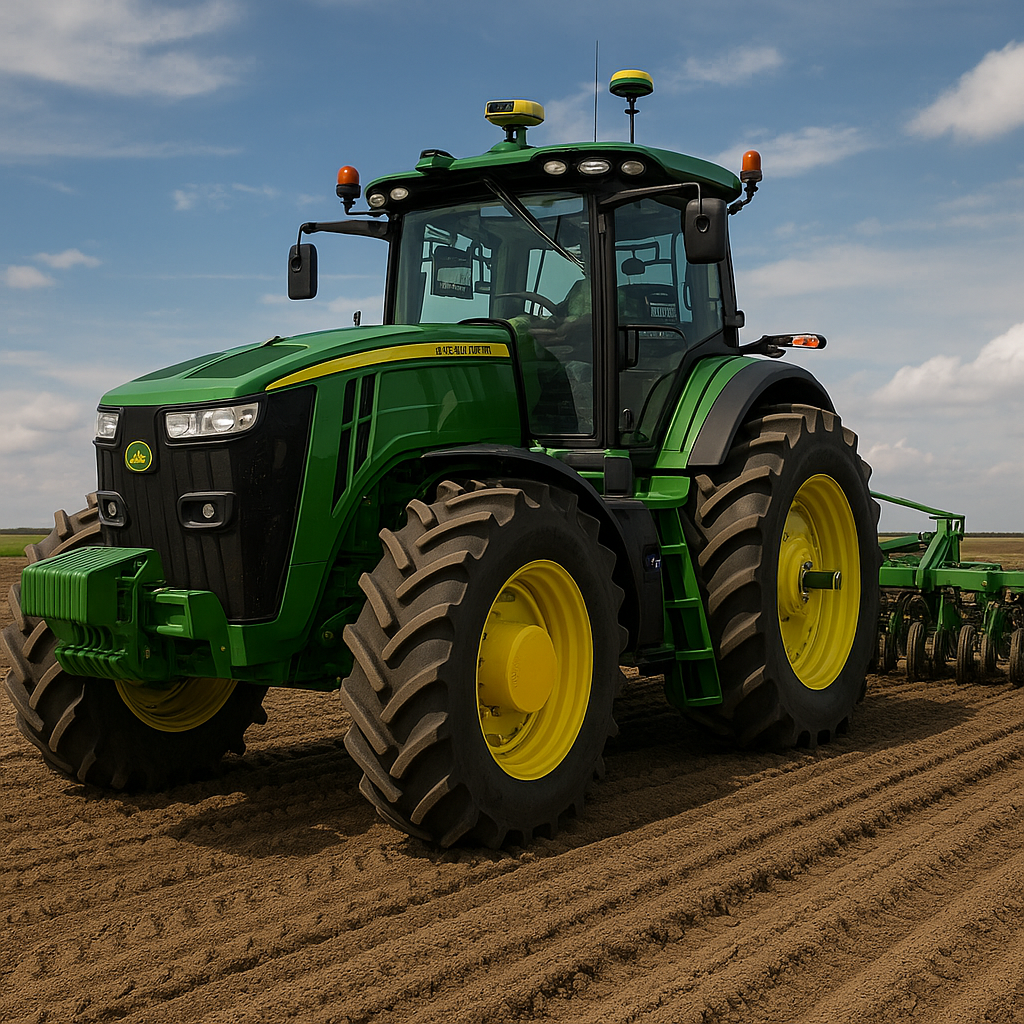An Appeal to Large Scale Farmers and Manufacturers
For the first time in modern agricultural history, Big Ag is starting to talk about no-till farming—and we’re grateful for that. The shift away from plowing and churning the life out of our soil is long overdue. Companies are developing laser-guided weed killers, autonomous tractors that can track every seed to the centimeter, and equipment that costs more than a house just to avoid tilling.
But even these high-tech solutions still operate under the same basic assumption that’s killing our land: everything that’s not the crop is the enemy.
We’re Proposing Something Different
What we’re offering is a new paradigm—a proposal to go a step further. A system that respects all living roots. A system that doesn’t just minimize disruption—but uses underground biodiversity to build better crops.
This is Farming 3.0: Let the weeds live—below ground. Let their roots feed the microbes. Let them open up the soil. Just don’t let them seed, and don’t let them steal the light.
The Tech is Already Here (But It’s Still Missing the Point)
Today’s most advanced farming systems can:
- Plant with pinpoint precision using GPS and AI.
- Map exactly where every crop is, and log that data permanently.
- Deploy AI-driven tools that distinguish weeds from crops in real time.
- Use lasers, electrical pulses, or micro-sprayers to selectively destroy unwanted plants—even at the root.
These systems are impressive. But they still kill first, ask questions never. They focus on erasing anything that isn’t crop—root, shoot, and microbe. And while they claim to protect the soil by avoiding tillage, they’re still disrupting the delicate subterranean ecosystem that healthy soil depends on.
Let the Roots Live
Here’s the core of what we’re proposing:
- Keep the top growth managed: Cut down weeds before they seed, and before they reach for sunlight.
- Leave the roots alone: They’re not hurting the crop. In fact, they’re helping—feeding microbes, supporting fungal networks, and improving water retention.
- Let the crop win the light game: Most “weeds” can’t compete if they don’t grow tall. With good canopy management, your crop dominates photosynthesis.
In short, we manage the aerial layer—while we encourage the underground world to thrive.
The Hidden Benefit: Soil as Ecosystem
Every time we allow more root species to live beneath the soil, we’re increasing the diversity and density of the soil microbiome. That means:
- Better nutrient cycling
- More organic matter accumulation
- Higher carbon sequestration
- Greater drought resilience
- And natural disease suppression
These aren’t fringe theories. This is observable, measurable soil ecology—and it’s what we destroy every time we treat unwanted plants like a threat instead of a function.
Cover Crops? Even Better
Want more control? Fine. We don’t need to wait on weeds. We can plant low-profile, low-competition cover crops designed to stay short and non-invasive—while still providing all the benefits of diverse root systems. Clover. Vetch. Radish. Micrograsses. Even customized seed blends to fit your region, soil, and crop rotation.
This system can be designed, not just allowed. And it can thrive in a city lot, a 5-acre homestead, or a 1,000-acre field.
This Isn’t a Theory. It’s a Call to Action.
If you build machines, build one that trims tops but leaves roots. If you write code, map seed coordinates to manage weed removal. If you grow food, start experimenting. Let your weeds help you. Let your soil teach you.
Farming 3.0 Isn’t Complicated
It’s just respectful. It respects the soil, the roots, the bacteria, the fungi. It respects the intelligence of nature. And it respects the intelligence of the grower, too—because this kind of farming can’t be outsourced to a product. It has to be stewarded by a human who knows their land.
We don’t need lasers to kill more precisely. We need a system that understands that killing isn’t the only option.
